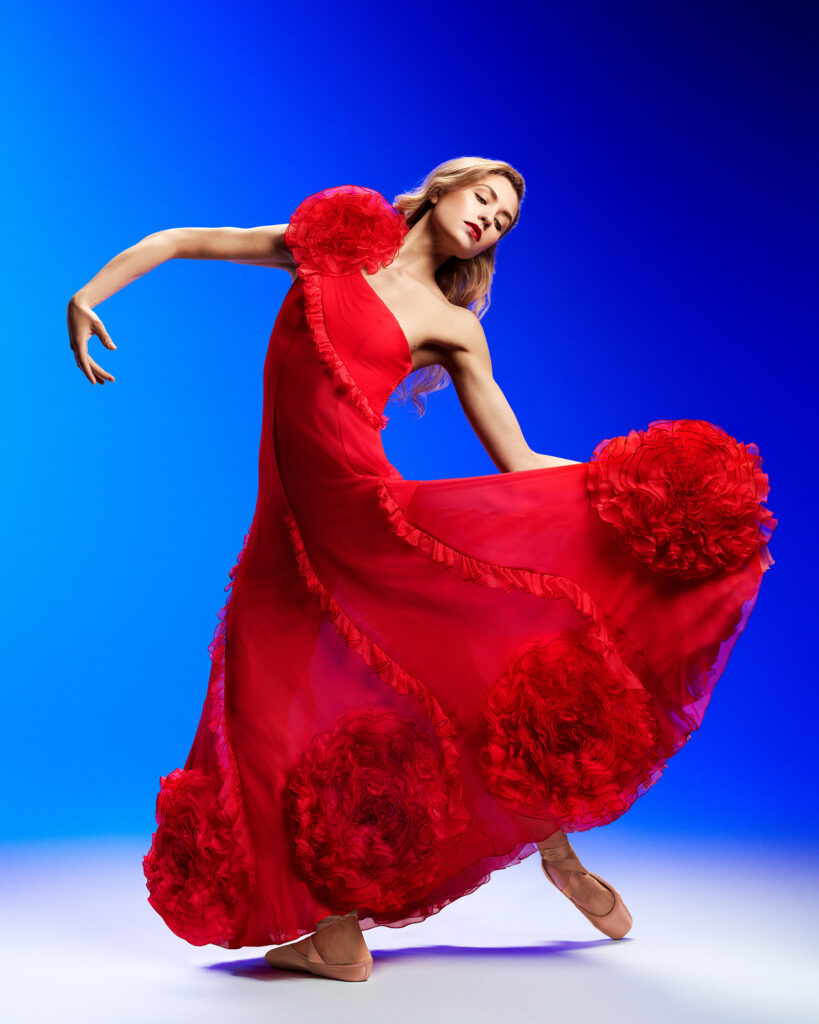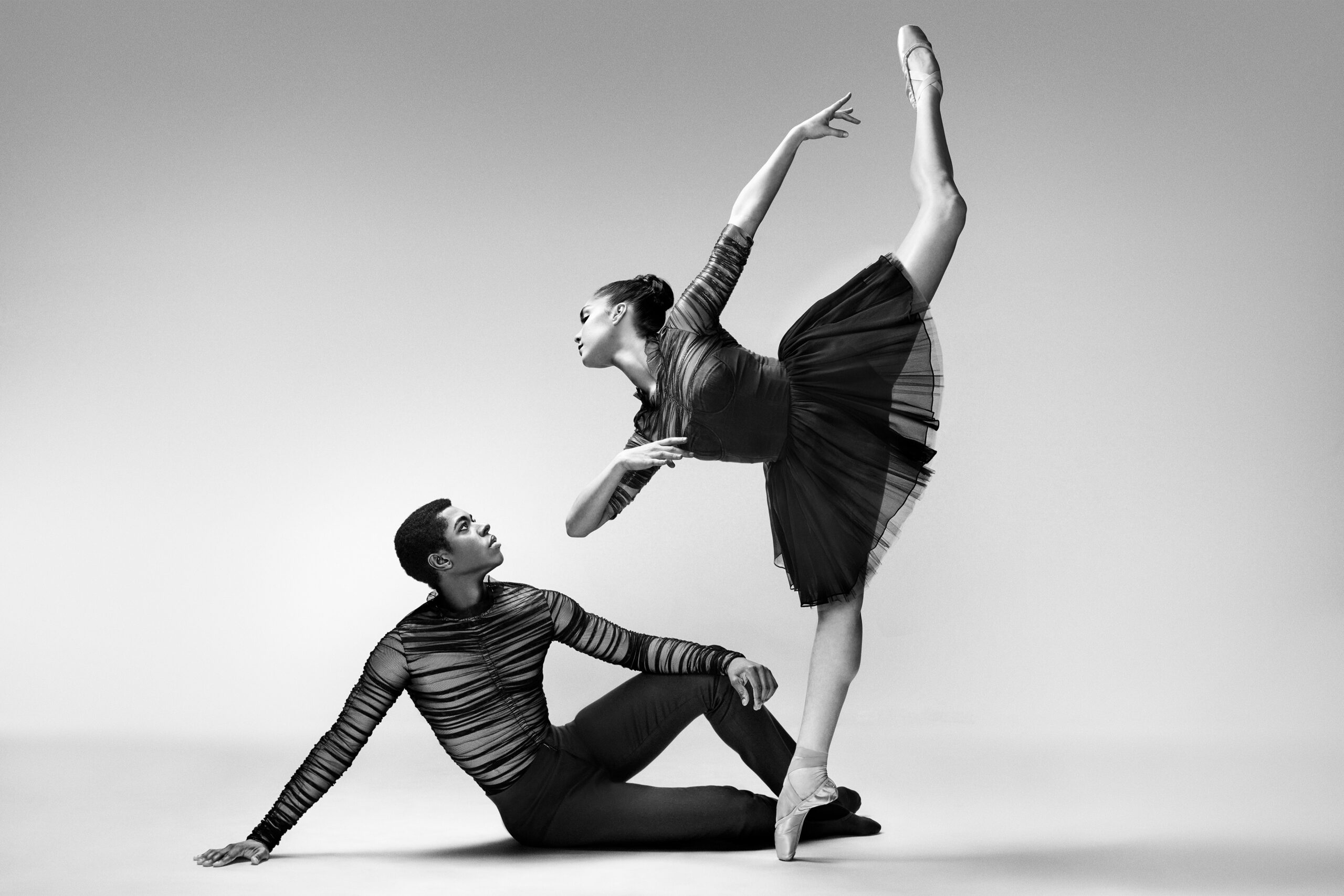Marc Happel on Creating the Book New York City Ballet: Choreography & Couture
Eleven New York City Ballet dancers gathered in a Lincoln Center studio in March 2021. They weren’t there to take class or rehearse for the upcoming season. Instead, they were joined by photographer Pari Dukovic and a small group of dressers, makeup artists, and hairstylists, tasked with photographing the 130 costumes for New York City Ballet: Choreography & Couture. Spearheaded by NYCB’s director of costumes, Marc Happel, the book features the work of the 30 fashion designers who have collaborated with the company on its annual Fall Fashion Gala.
“We’ve worked with designers from all over the world,” says Happel. “I felt like it needed to be documented.” Starting with the first Fall Fashion Gala, launched in 2012 at the suggestion of actress and vice chair of NYCB’s board of directors Sarah Jessica Parker, Happel collected quotes from designers and choreographers. He turned to fashion and architecture magazines, as well books on ballet and fashion, for inspiration. “I didn’t want any white pages, and I wanted the book to look like a jewel box when the reader opens it,” says Happel, who credits book designer Sarah Gifford and project manager Maria Grady with helping him realize his goals.
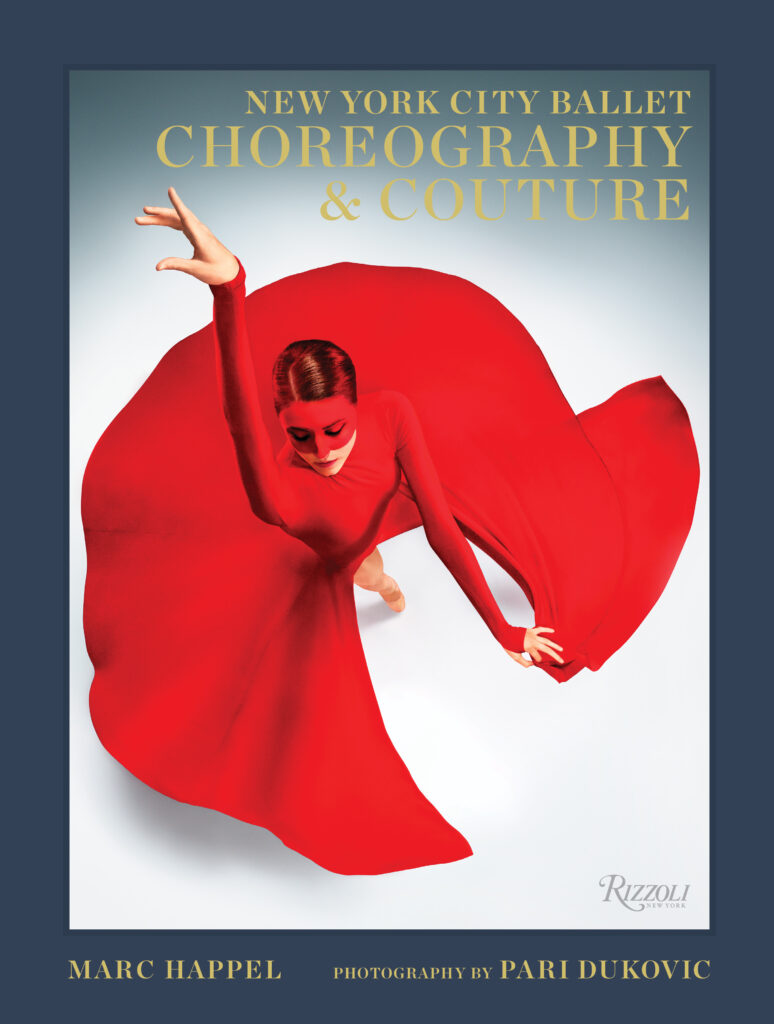
The result is a coffee table book for ballet and fashion fans alike. Designer sketches are included alongside each costume. “Most times, the general public doesn’t see a costume design, so Sarah and I worked to come up with different ways to use the designers’ sketches,” Happel explains.
“You get a sense for who each designer is,” adds NYCB soloist Miriam Miller, who models many of the costumes featured in the book. “Seeing the original sketches next to what those ideas turned into lets you get into the mind of the designer, as well.”
Happel and Miller spoke with Dance Magazine about the history of NYCB’s Fall Fashion Gala, their favorite costume moments, and how New York City Ballet: Choreography & Couture came to life.
How did the first Fall Fashion Gala come about?
Marc Happel: The initial idea came from Sarah Jessica Parker and Peter Martins because New York Fashion Week had moved to Lincoln Center at that time. It was first explained to me as new choreographers working with new, up-and-coming fashion designers. Of course, we started with Valentino, who is a far step from up-and-coming. When I first met him, it was a very exciting day. Valentino is a fashion icon, and he really took to the costume shop and was so much a part of the project.
What is the process of selecting designers?
Marc Happel: Usually, when the choreographers were chosen, I would get in touch with Sarah Jessica Parker to create a list of 10 to 12 fashion designers. I would then give the list to the choreographers and suggest that they go on vogue.com and look at the most recent runway pictures of these designers, asking them put an “X” next to their name if something clicked. We would then whittle it down to maybe two or three designers. I would send the choreographers’ first choices to SJP, and her team would reach out to the designers to see if they would be interested in designing a ballet for New York City Ballet.
That usually happened in the late spring. The costume shop is closed during June and most of July, so I’d be working with the designers in April and May to think about the preliminary sketches and general ideas like fabric. When we came back at the end of July, we’d hit the ground running; at that point, I needed sketches and we started fabric shopping. It all rolled up to the late fall, when we’d be doing final fittings in fabric.
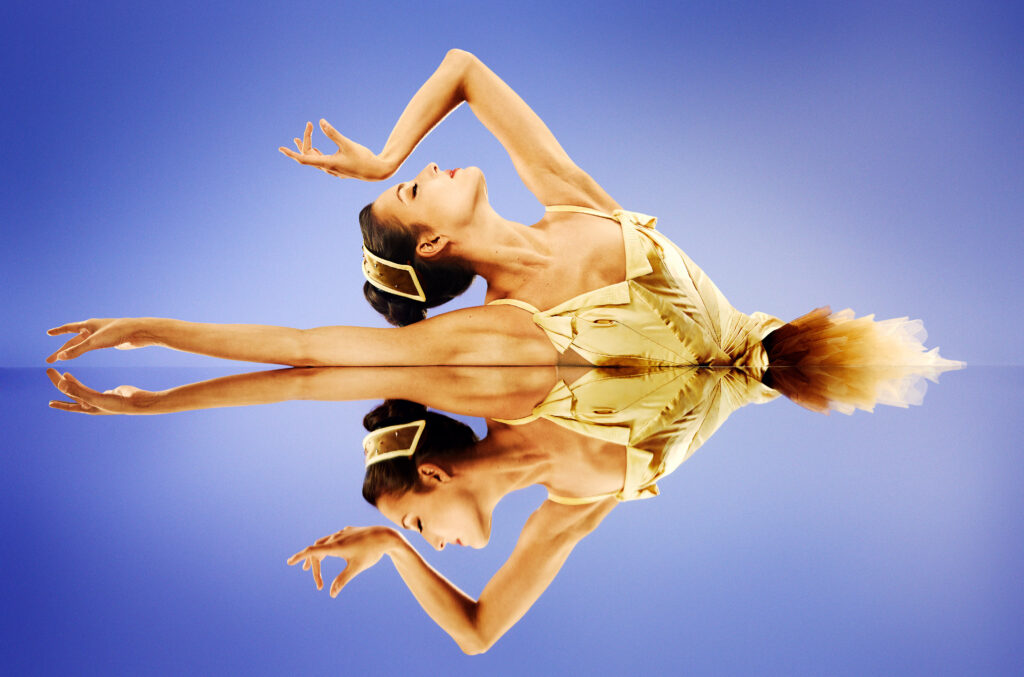
What is the process like for dancers?
Miriam Miller: The designers sit in rehearsals as the piece is being made. A lot of them sketch during rehearsals; they might ask questions or just observe the dancers’ style and the movement. Typically, at the first fitting you have no idea what the costume will look like, and that’s the fun of it. There are usually several fittings with the designer, Marc, and the choreographer. We’ll also have several costume stage rehearsals in the week leading up to the fall gala, which is unusual for us. That gives the dancers a chance to adjust to any restrictions in movement, and for everyone to see the costumes under the stage lights. Oftentimes, there will be brand-new costumes the day before we go on, because it turns out that the costumes aren’t exactly the image that everybody wanted. And so the costume shop is frantically creating new costumes for 20 people.
What has been one of the most memorable moments for you?
Marc Happel: There have been so many, including Valentino, Thom Browne, and Giles Deacon. But Iris van Herpen was a fabulous moment because we used computer programs to create the patterns for these plastic shards that made up the costumes she designed and the boot that she created for our women—the infamous boot that some people absolutely hate and some people, like myself, absolutely love. Iris sent me a letter in the mail where she basically explained what the costumes were, using little diagrams. All of the sections of these unitards on the men and the tutus on the women were made of plastic shards that were cut out and then overlapped each other, almost like an armadillo.
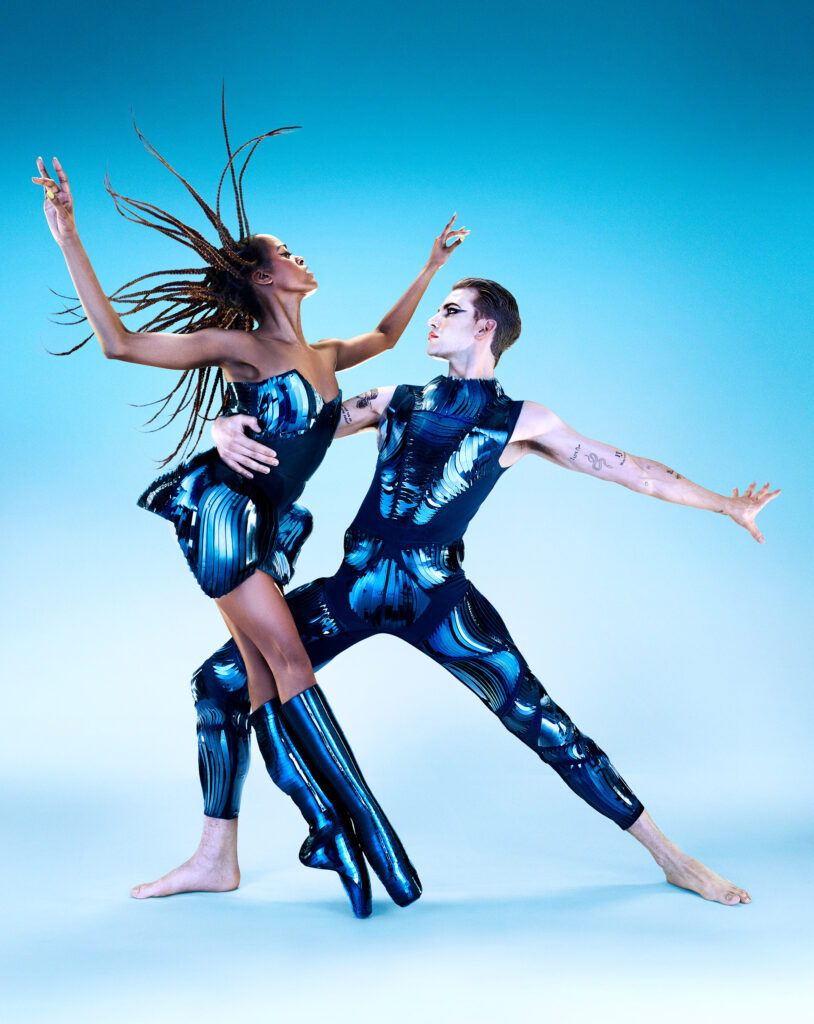
I realized it was going to take us forever to figure out these patterns. In one place, like the section of a man’s thigh, for example, there were three different parts made up of 25 to 35 little plastic pieces. We were working with a draper then, whose husband worked for a big company that could use a computer to generate the patterns for the shards, if we sent him the shape. He sent us the computer programs on a thumb drive, and we took them to a Kinko’s to print out these giant patterns. It saved us weeks and weeks of work. Iris is very much working in technical ways that move the whole idea of fashion design into the future.
What were some of your favorite moments from the photo shoot?
Miriam Miller: “I got to wear a Sophisticated Lady red Valentino gown that Maria Kowroski originally wore, and an Oscar de la Renta gold sequined gown that Tess Reichlen wore for Thou Swell. I’d always admired these costumes from afar, and I had so much fun dancing and moving in the gowns for the photo shoot because they’re so different from the tutus or the unitards that we usually wear. It lets you really tap into a different character.
I loved working with Pari, too. He knew exactly what he wanted for each costume and dancer. In the book, each page has a different mood and a different feeling to it. Pari paid attention to who the designer was, what the costumes looked like, how they moved, who the choreographer was, and who the person modeling was—he took that all into consideration in order to create the best shot.
